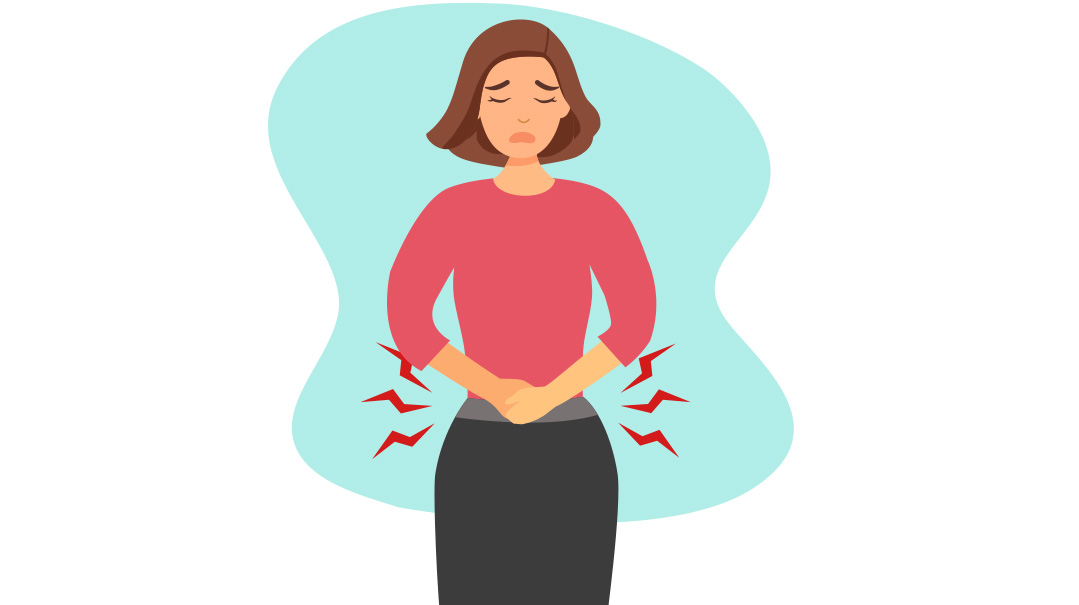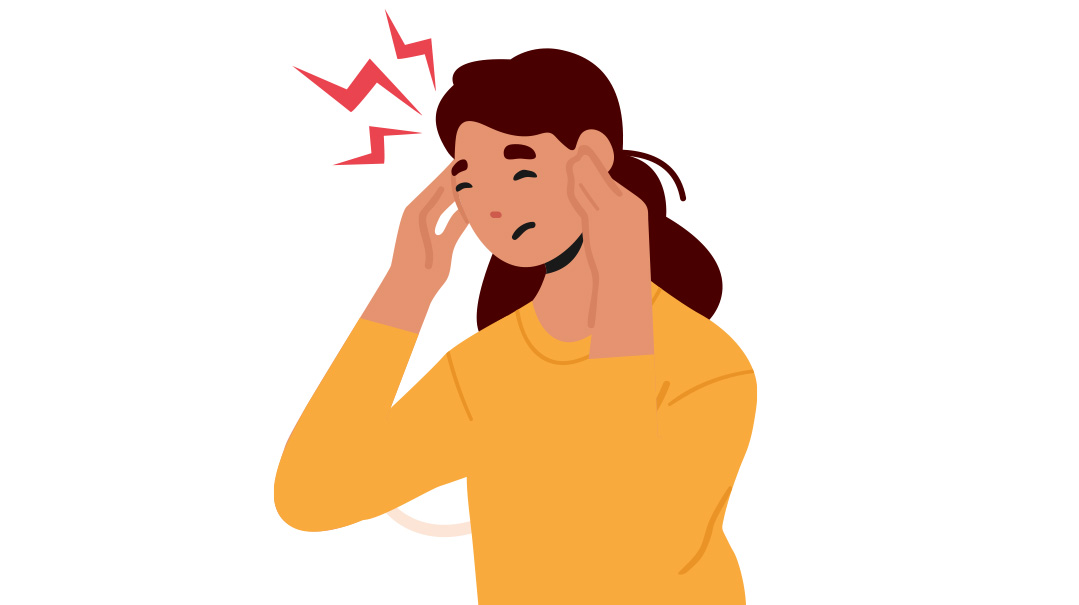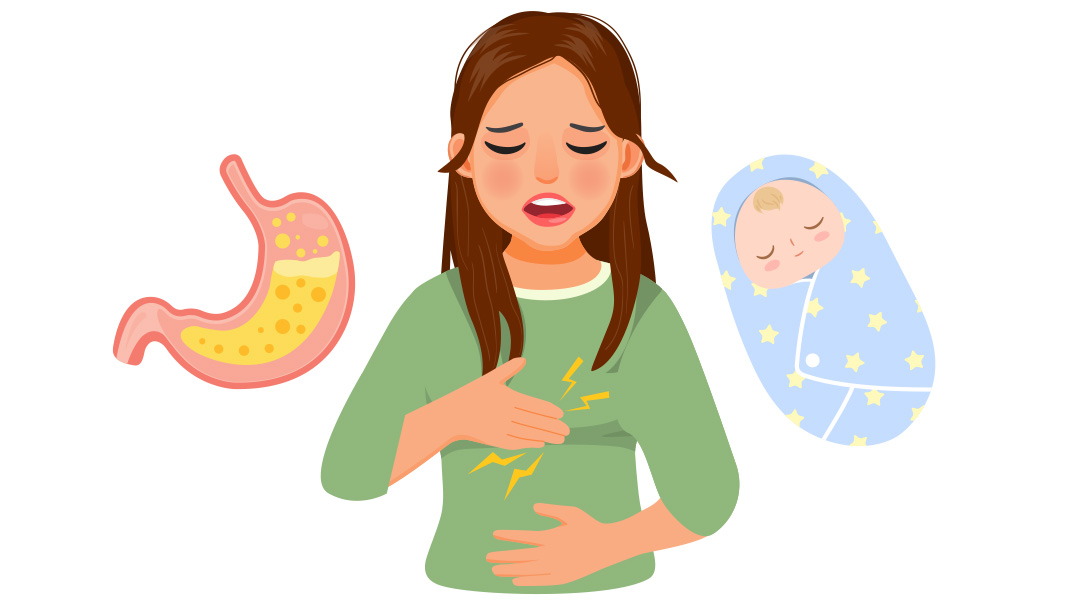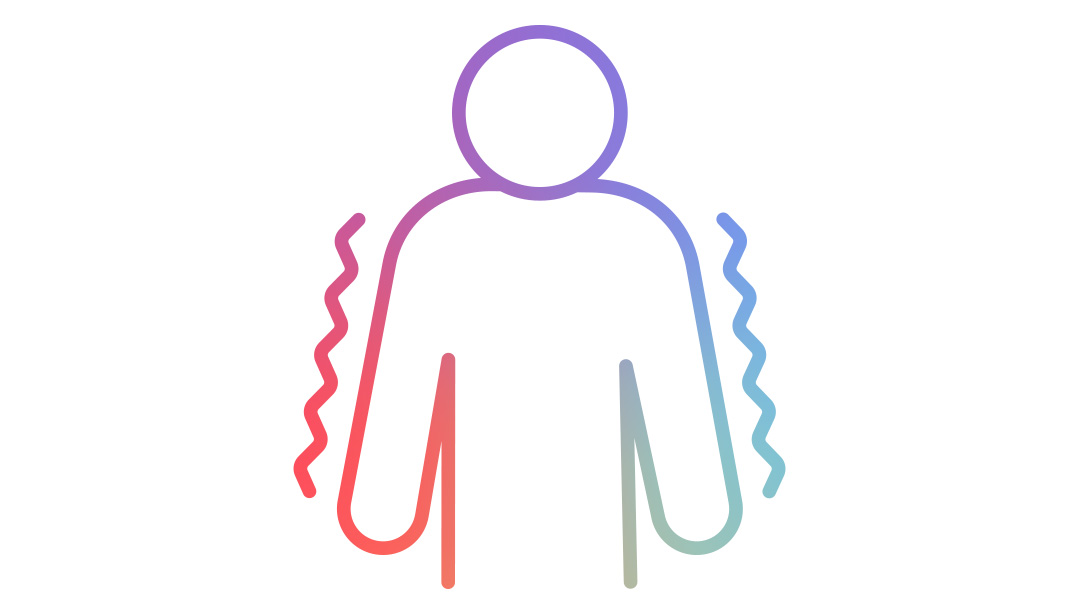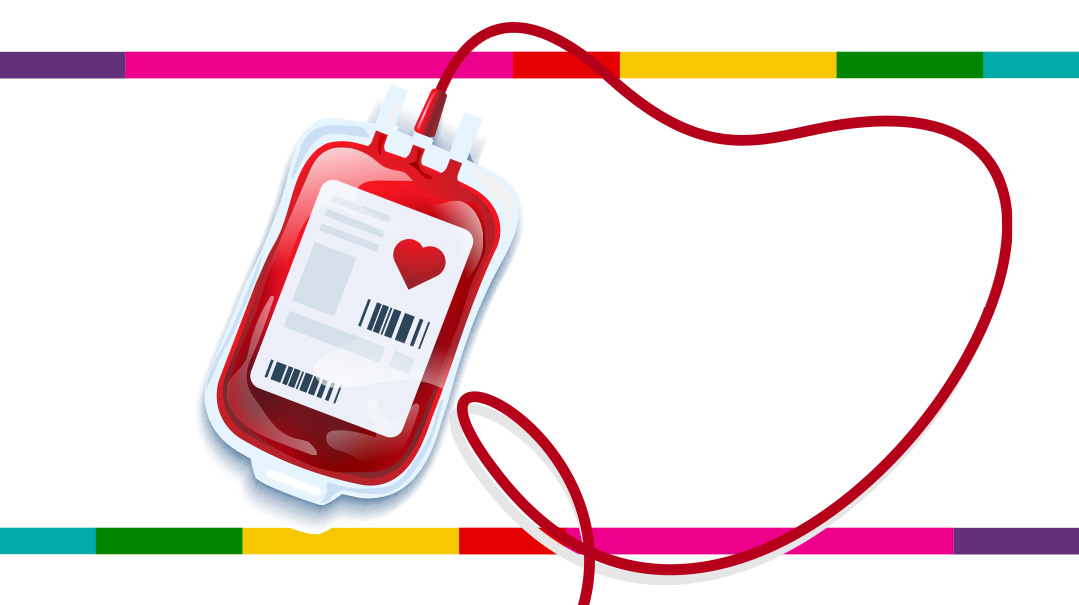Overuse Injuries
| May 23, 2023Using the same joint to make the same, repetitive movement over and over again can cause an overuse injury

Do you love gymnastics or sports?
Do you spend lots of time on a computer, perhaps dabbling in graphics or typing up schoolwork?
Do you carry a very heavy backpack every day?
Do you play a musical instrument frequently, for hours at a time?
If you answered yes to any of these questions, you might be at risk for an overuse injury, also known as a repetitive strain injury (RSI).
Here’s what you need to know about overuse injuries
Using the same joint to make the same, repetitive movement over and over again can cause an overuse injury. The joints most commonly affected are the wrists, shoulders, knees, and elbows. Of course, the joint being overused will be the one affected.
What happens in an overuse injury?
The affected joint becomes swollen and painful. The muscles in the area become strained and irritated, and surrounding tissue may be damaged. Ouch, indeed.
Some signs that might alert you that you may have an overuse injury include tingling, numbness, or pain. There may also be a feeling of weakness in surrounding muscles, or even a popping or clicking sensation in the joint. Sometimes the symptoms come and go.
Whether your discomfort is chronic or not, don’t ignore it. Not taking care of an overuse injury can lead to more serious issues. In fact, ignoring the issue can cause the injury to become severe and even stop you from doing simple, everyday activities like writing or climbing stairs! Never mind being unable to continue the activity that caused your overuse injury, which may be something you love, like dance, piano, drawing, or graphic arts.
What types of overuse injuries are common in teens?
There are many kinds of overuse injuries. We’ll look at some of the ones more commonly seen in teenagers.
Bursitis — this is seen in teens who overuse their shoulder to carry overloaded schoolbags. It causes inflammation of a bursa in the shoulder. (A bursa is a fluid-filled sac that helps cushion your joints.)
Carpal tunnel syndrome — in CTS, the narrow tunnel between the bone and the ligament in your wrist swells up, causing pain, tingling, weakness, and numbness. It’s seen in teens who use their wrist for a lot of the same repetitive motion.
Osgood-Schlatter disease — despite the scary name, this condition is a common cause of knee pain in teens. If you play a lot of sports, or love gymnastics, or dance, and are having a growth spurt, you might feel pain at the area where the tendon from your knee attaches to your lower leg.
Tendonitis — when some muscles are overused, particularly with repetitive overstretching, the tendons can tear and become inflamed. (Tendons are the bands of tissue that connect your muscles to your bones.)
I suspect I might have an overuse injury — what do I do now?
Rest the affected area and see your doctor. Your treatment plan will likely include more rest, perhaps medication, and sometimes physical therapy. You can also learn ways to help prevent overuse injuries.
DID YOU KNOW?
Using a trackball instead of a computer mouse may help prevent overuse injury in your wrist.
Maintaining a healthy posture can also help prevent strain on your neck, shoulders, and back.
(Originally featured in Teen, Issue 97)
Oops! We could not locate your form.

